|
||
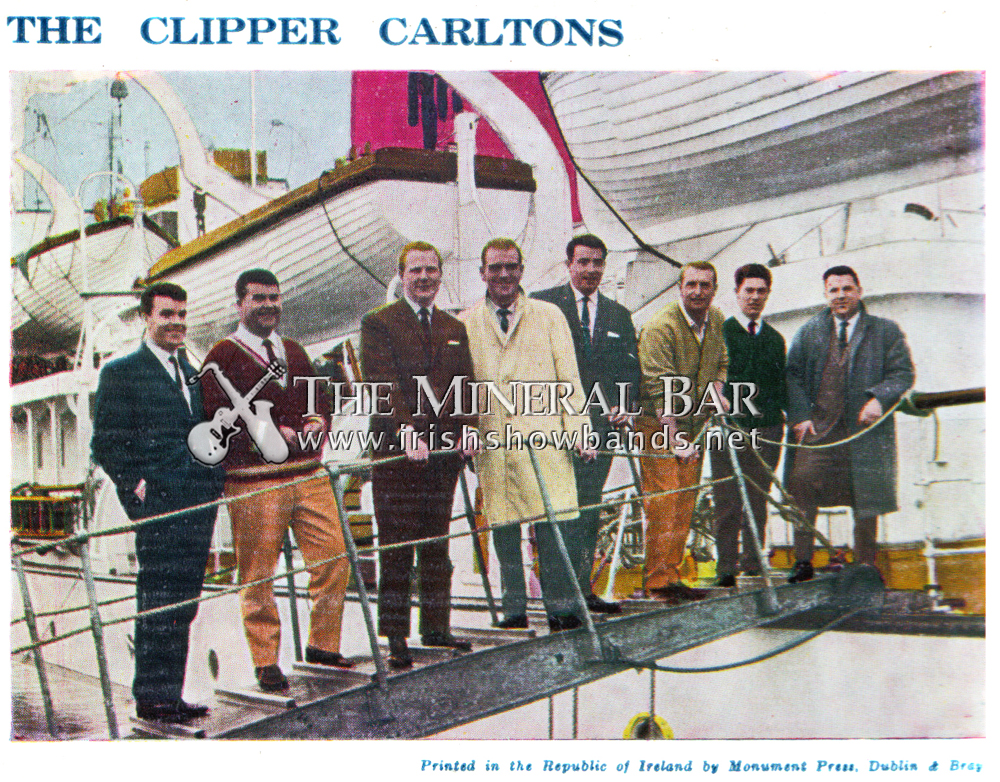 |
||
|
Strabane’s Clipper Carlton are generally accepted as the outfit that first put the “show” into Irish showbands. Formed back in the late ‘40s, at a time when dance-bands sat down, wore tuxedos and played from sheet-music on music-stands, it wasn’t long before this exciting band decided to pack away their music-stands, ignore the chairs provided by promoters, don lightweight tailor-made grey suits and visibly enjoy the music they were playing from memory. Within months, they were packing thousands of dancers into ballrooms and halls throughout the island, and for close on fifteen years stayed at the pinnacle of Irish show business, in the process encouraging hundreds of young musicians to form showbands and follow their example. Led by the dashing pianist, Hugh Tourish, the line-up included trumpeter Hugo Quinn, the O’Hagan brothers, (bassist Art and vocalist Fergus), Terry Logue on saxophone and clarinet and madcap drummer Mickey O’Hanlon. A young post-office worker named Victor Craig entered the scene as manager in 1952, and through his many contacts, especially in the sports world (he had played cricket for Ireland and soccer for Strabane) and the use of innovative marketing techniques, succeeded in doubling their appearance fees in a short time. The Clippers chalked up a number of “firsts” in the showband business. They were the first band to appoint a road-manager (Maxie Muldoon), the first to tour America, the first to appoint “relief” or support bands and the first band to have a luxury custom-built coach built for travelling to and from engagements. They were among the first bands to distribute publicity photographs and they had their own stamps printed, probably the first collectable “stickers” seen in Ireland. They were also the first band to introduce percentages instead of a fixed fee, something that was abused in later years by other big-name bands and is often cited as being one of the reasons why the showband era ended. |
||
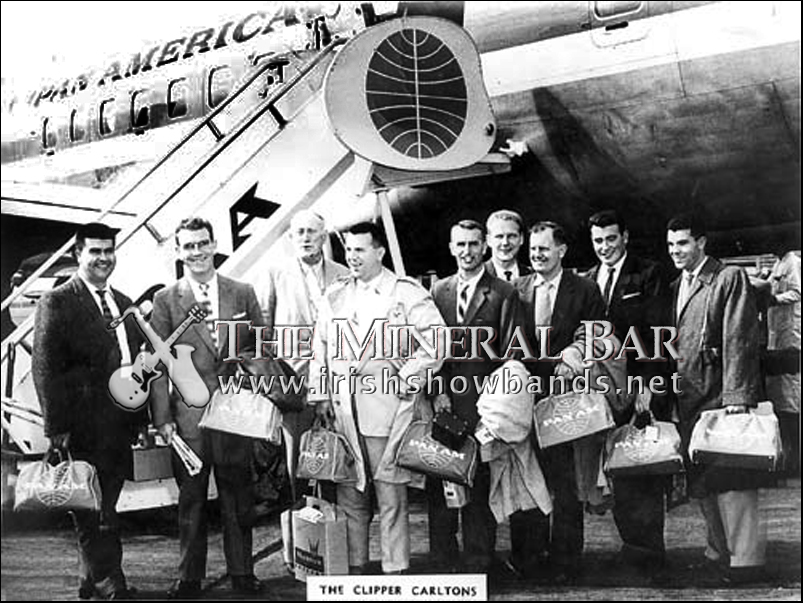 |
||
| LISTEN TO THE MARCH HARE >>> | ||
|
Victor Fleming joined the band in 1954, becoming the band’s arranger and playing trombone and piano. Don Shearer came in as lead vocalist in 1956. As early as 1955 the band toured Britain during Lent and in 1958 made their first trip to America. They worked a solid five nights a week, taking Mondays and Tuesdays off. Their show-stopping cabaret act, known as “Juke Box Saturday Night” was what really made the Clippers different. All dancing would stop and the crowd would gather around the stage as Art and Fergie played Sonny & Cher or Laurel & Hardy, Don Shearer became Elvis Presley, Mickey imitated Charlie Chaplin while throwing his sticks in the air or Fergie, with banjo and wig became balladeer Margaret Barry! By 1964 however, the Clippers were being eclipsed by the “new kids on the block”, with showbands like Waterford’s Royal, Cork’s Dixielanders, Dublin’s Miami and Capitol and Ballymena’s Freshmen injecting youth and excitement into the scene, as well as releasing hit records. Up to then, the Clippers didn’t see the need to record because business was so good. The Clipper Carlton decided to disband and some of them formed a new band called the Santa Fe, managed by Maurice Cassidy. Logue and O’Hanlon went into management. Quinn and the O’Hagan brothers carried on for a while as The Clipper Carlton, but the magic had gone. Within two years however, the two bands merged and the Clippers were back on the bandstands! The only change to the original line-up was the addition of lead-guitarist Barney Skillen who had been with the Santa Fe replacing Hugh Tourish who had retired. The “new” Clippers toured until 1969 when they decided once again that it was time to disband. They have since come together for quite a few appearances, with Terry Duffy replacing Victor Fleming. All text on this page is strictly copyright and should not be copied without written permission |
||
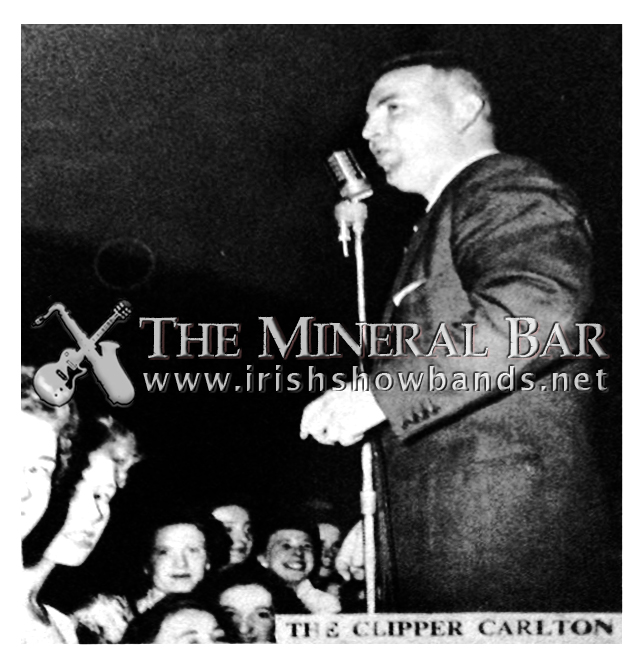 |
||
|
||
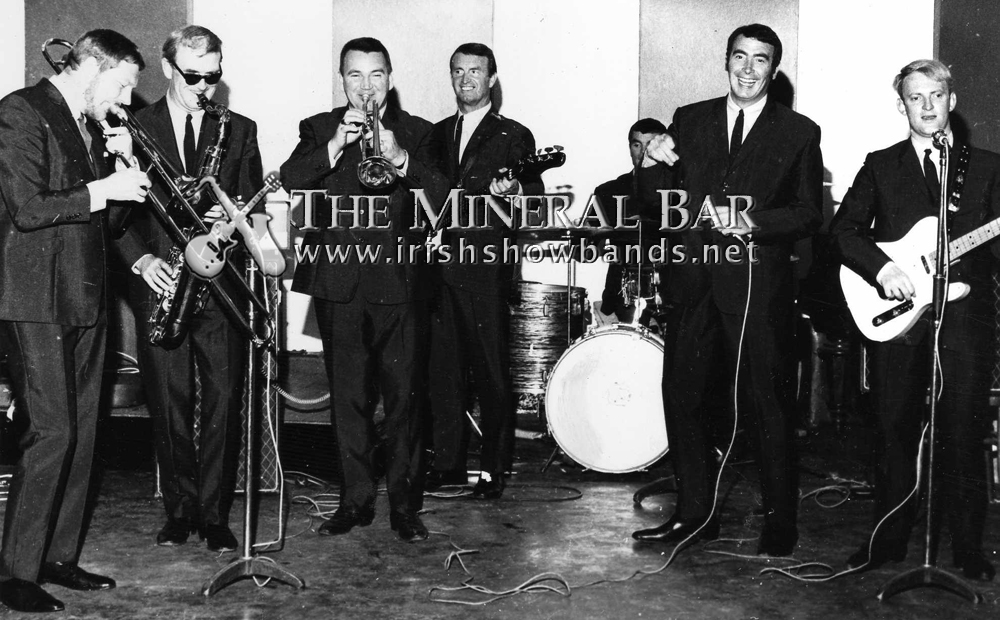 |
||
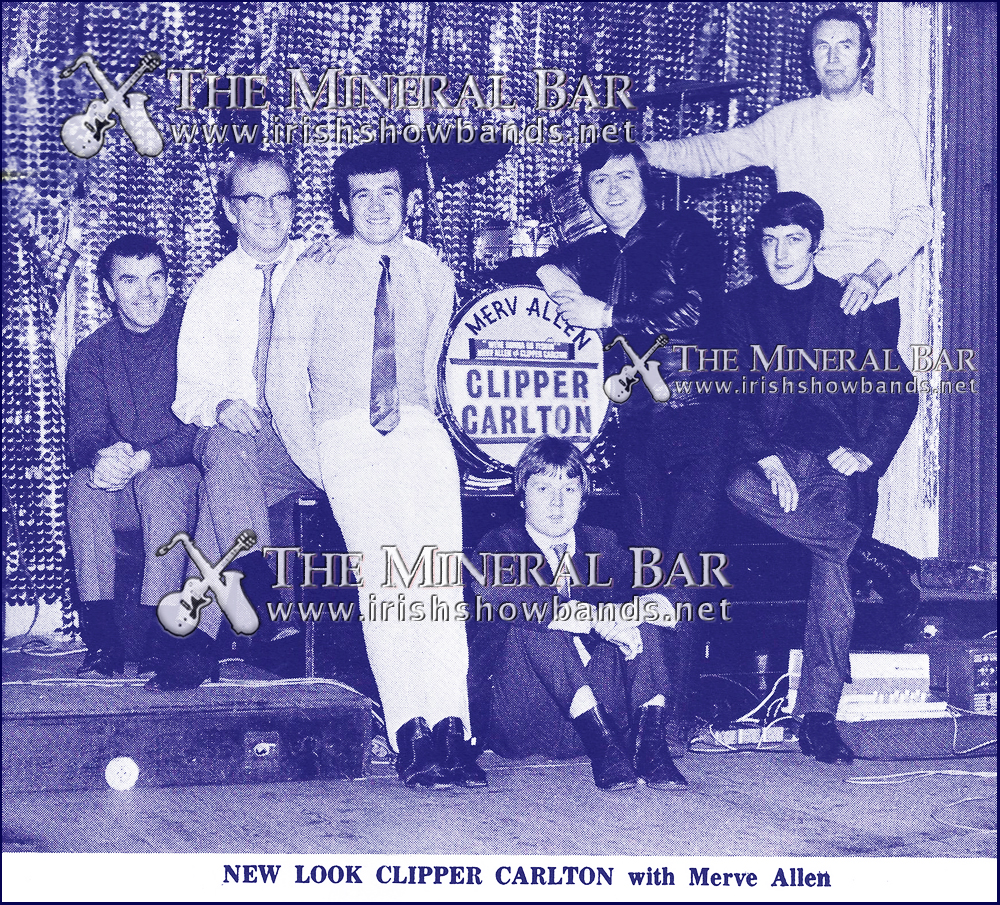 |
||
| Gateway | Showbands Index | Beat-Groups Index | Ceili bands | Submit a Photo | ||
|
If your '60s/early '70s showband is
not here, please send a photo and the line-up via email and it will be
added to the Irish Bands Archive |
||
| © FBK | 2001-2020 |